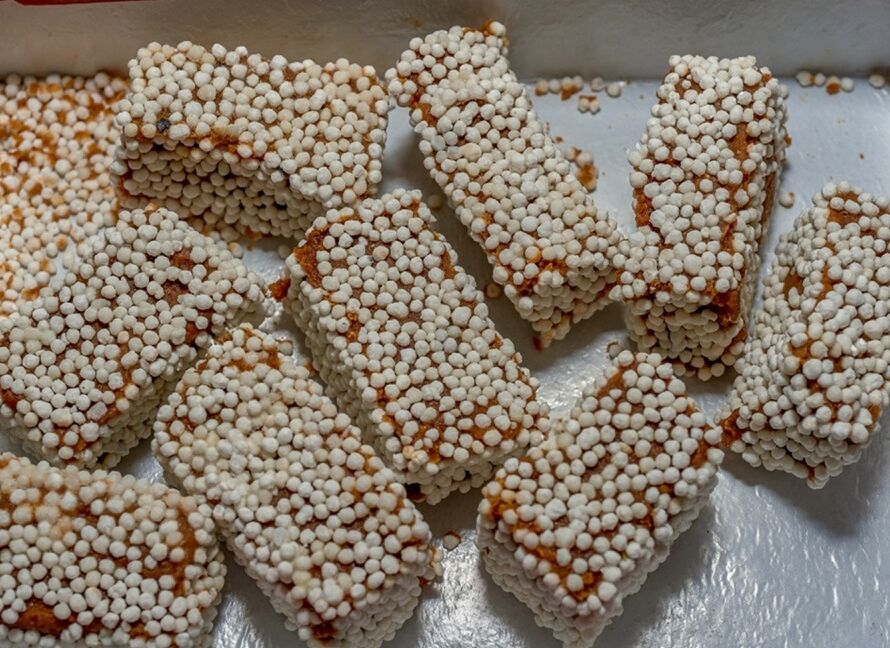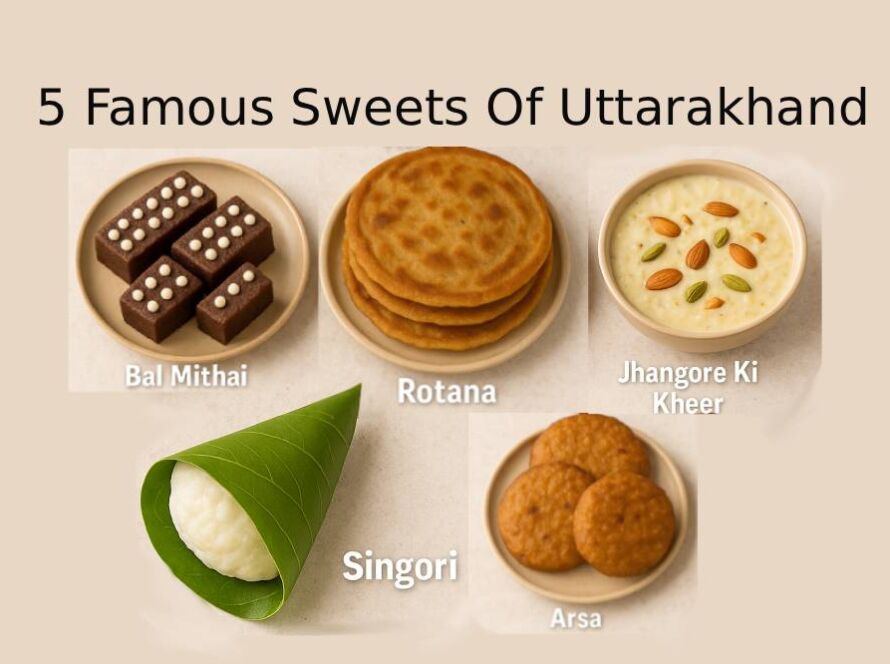Have you ever wondered what makes the culture of Uttarakhand so visually captivating and spiritually rich? Nestled in the lap of the Himalayas, Uttarakhand is not just a destination of scenic landscapes and holy shrines but also a vibrant canvas of traditional craftsmanship. The traditional art of Uttarakhand reflects centuries-old wisdom, deeply tied to nature, spirituality, and daily life. In this guide, you’ll explore iconic Uttarakhand handicrafts like Aipan art, woodcarving, woolen textiles, and more.
In this article, we explore the Uttarakhand handicrafts that have stood the test of time, passed down through generations, and continue to reflect the region’s harmony with nature and community spirit. Whether you’re a traveler, art lover, or heritage researcher, this guide reveals the rich textures and stories behind the Uttarakhand traditional crafts you must experience.
🎨 The Cultural Significance of Uttarakhand’s Traditional Crafts
The traditional crafts of Uttarakhand are much more than beautiful souvenirs. They serve as living markers of the state’s history, values, and ecological wisdom. Created using locally sourced materials like wool, bamboo, and wood, these art forms speak to a tradition of sustainability long before it became a global trend.
In rural Kumaon and Garhwal, crafts like Aipan art are essential to festive rituals, often decorating the floors and walls of homes during weddings, births, and religious events. These sustainable crafts of Uttarakhand connect people to their ancestry and landscapes through symbolism, geometry, and mythology.
Beyond cultural importance, Uttarakhand handicrafts play a crucial role in local economies. Many artisans, especially women, rely on craftwork as a primary source of income. From Ringal basketry in remote villages to intricate woodcarving in temple towns, these practices empower communities while preserving heritage.
🌏Geographical Significance and Location
The state’s diverse topography influences its craft forms. In Kumaon, fertile valleys like Almora and Ranikhet nurture Aipan art and woolen textiles, while the forest-rich Garhwal region provides the timber essential for woodcarving.
Ringal basketry, made from indigenous dwarf bamboo, thrives in districts like Pithoragarh and Chamoli. Artisans use local materials that reflect their environment—wood, rice paste, wool, and clay—making each piece a tribute to Uttarakhand’s ecosystem.
Traveling here is easier than ever, with improved roads from Dehradun, Haldwani, and Kathgodam to major craft hubs like Almora, Nainital, and Joshimath. These accessible locations make Uttarakhand a cultural destination for both domestic and international tourists.
🧵 Exploring the 4 Iconic Traditional Arts of Uttarakhand
Uttarakhand’s art scene is deeply diverse. Each craft form tells a unique story rooted in regional identity, spirituality, and eco-conscious living. Here are the most iconic:
🪷 Aipan Art Uttarakhand
One of the most visually distinctive forms of traditional art of Uttarakhand, Aipan art originates from the Kumaon region. Using a paste made from rice flour and red ochre base (called “Geru”), women draw symmetrical patterns on the floors of homes and courtyards.
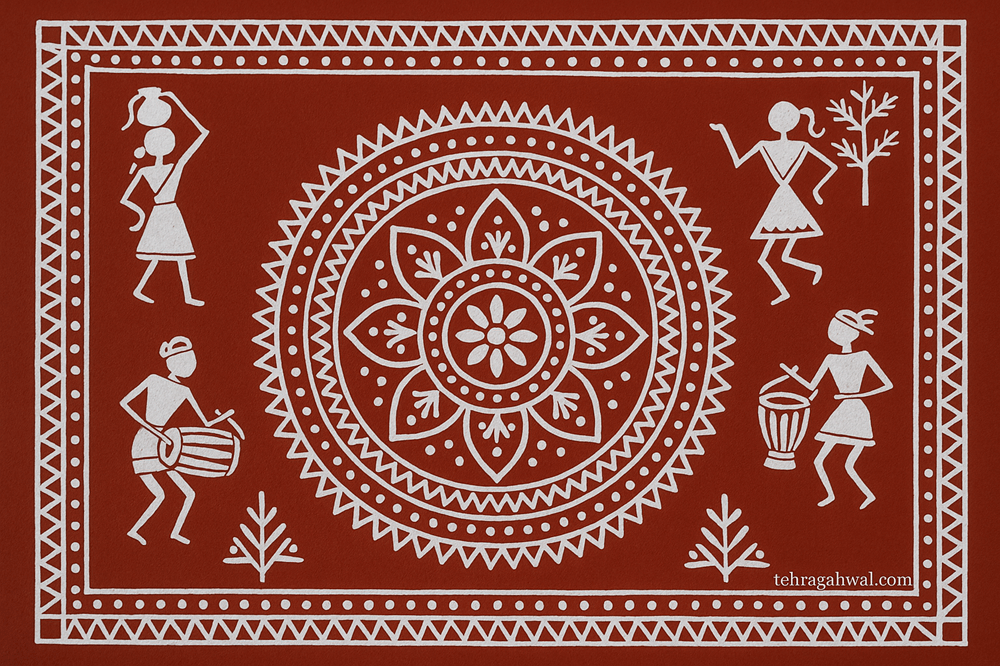
Aipan designs are spiritual symbols used to welcome prosperity during ceremonies such as marriages, pujas, and naming rituals. Geometric and nature-inspired motifs like lotus flowers, footprints of deities, and swastikas dominate the visual language.
- Visit Almora for live demonstrations by local women.
- Join Aipan painting technique workshops at community centers.
- Capture close-up shots of Aipan on temple thresholds for social media-worthy content.
🪵 Woodcarving in Uttarakhand
The woodcarving in Uttarakhand reflects a tradition of precision, storytelling, and religious symbolism. Found in both Garhwal and Kumaon, carved wooden doors, temple panels, and furniture depict floral patterns, folk tales, and deities with intricate detail.
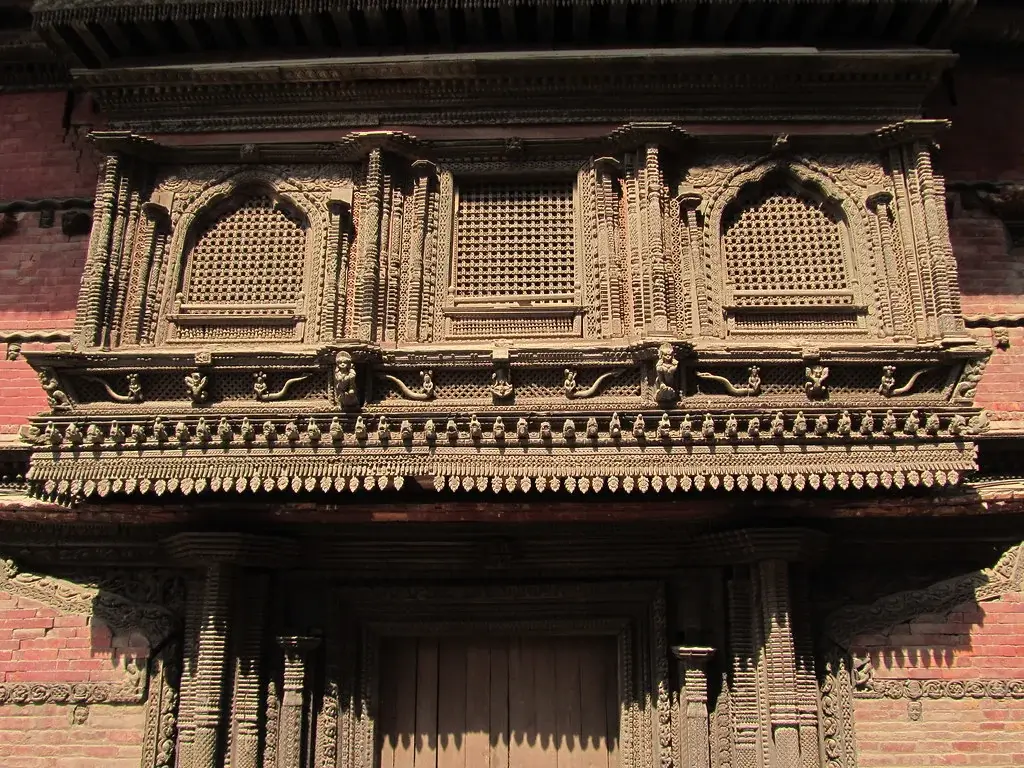
Artisans traditionally use local hardwoods like deodar and walnut, making every piece both functional and ornamental. In temples like Jageshwar and towns like Srinagar (Garhwal), visitors can witness this ancient artistry firsthand.
For collectors and design lovers, these wooden masterpieces represent the traditional crafts of Uttarakhand at their finest.
🧶 Uttarakhand Woolen Textiles
No visit to the hills is complete without experiencing the warmth and artistry of Uttarakhand woolen textiles. Handspun and handwoven using sheep or goat wool, these textiles include Pashmina shawls, woolen jackets, stoles, and Pichora—a traditional garment worn by Kumaoni women during weddings.

These textiles are not just practical winter wear; they also feature natural dyes and regional motifs representing prosperity, fertility, and faith.
Explore local markets in Ranikhet, Almora, and Joshimath for authentic woolen pieces crafted by hill artisans.
🧺 Ringal Basketry & Pottery
Ringal, a type of mountain bamboo, forms the base for one of the most sustainable crafts Uttarakhand offers—basketry. Locals use it to weave sturdy baskets, mats, and even furniture. Known for its flexibility and strength, Ringal basketry is an eco-friendly alternative to plastic and is an important livelihood for forest-dwelling communities.
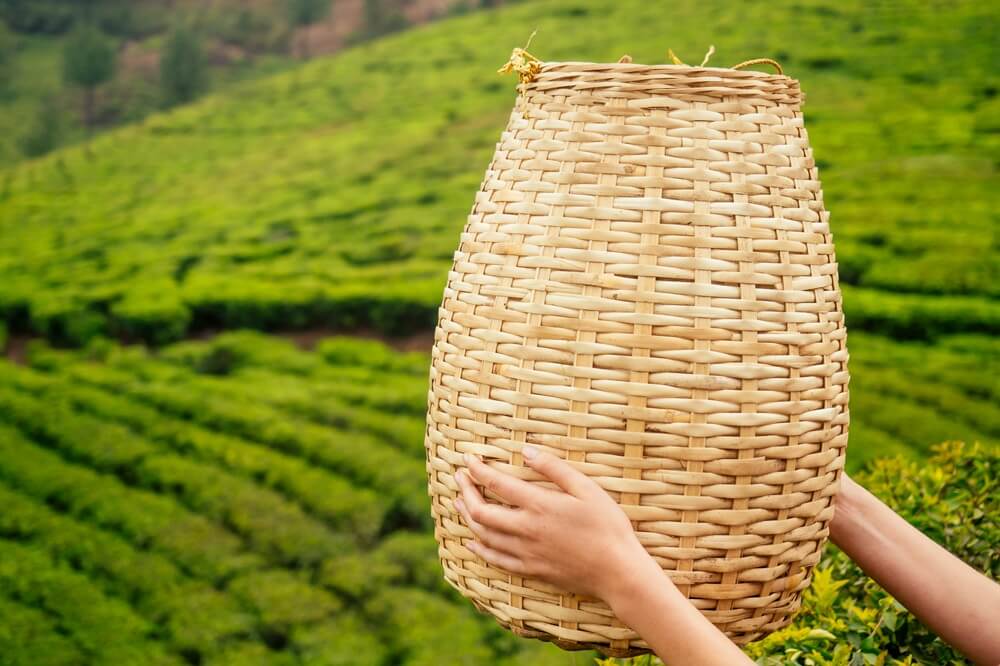
Equally rooted in earth and utility is traditional pottery, using clay from riverbanks and valleys. Many pieces are handmade and sun-dried before firing, often used in kitchens and rituals.
Head to Pithoragarh, Bageshwar, or village craft fairs to buy or watch these crafts being made live.
Mind-Blowing Facts and Trivia
- Ringal bamboo grows only in altitudes above 1,500m, making the basketry craft truly region-specific.
- Aipan motifs often include dots symbolizing the cosmos or specific deities depending on the ritual.
- The woodcarving style of Uttarakhand shares aesthetic traits with Kashmir due to ancient trade routes.
- Pichora textiles are dyed using turmeric, making them 100% natural and spiritual.
- Women account for over 70% of active artisans in Kumaon’s rural craft industry.
- Many temples feature wooden pillars older than 500 years, still intact due to the durable Deodar wood.
🛍️ Best Places to Experience and Buy Uttarakhand Crafts
If you’re planning to explore the best places for Uttarakhand crafts, start with these destinations:
Almora – The Craft Capital
Known for its bustling lanes and heritage markets, Almora is ideal for buying Aipan art, woolen wear, and Bal Mithai (a local sweet often sold in artistic packaging).
Ranikhet – Wool & Weaves
Home to local weavers and designers, Ranikhet is a hotspot for Uttarakhand woolen textiles. From handwoven stoles to dyed scarves, the town is a haven for textile lovers.
Garhwal – Woodcarving Legacy
Villages around Srinagar and Chamoli feature skilled artisans of woodcarving in Uttarakhand. Visit workshops or temples to view age-old craftsmanship.
Pithoragarh & Bageshwar – Ringal & Rural Crafts
For eco-conscious travelers, these regions offer authentic Ringal basketry and handmade goods with minimal carbon footprint.
For those unable to travel, platforms like Uttarakhand Haat and government-backed portals now offer Uttarakhand handicrafts online—with free delivery over ₹1,000 and artisan-certified products.
Don’t miss local fairs like Uttarakhand Handloom & Handicraft Mela, often held in Dehradun, Haridwar, and Delhi NCR.
Want to try your hand at traditional painting? Join short-term Aipan painting techniques workshops offered at cultural centers or online classes promoted by regional NGOs.
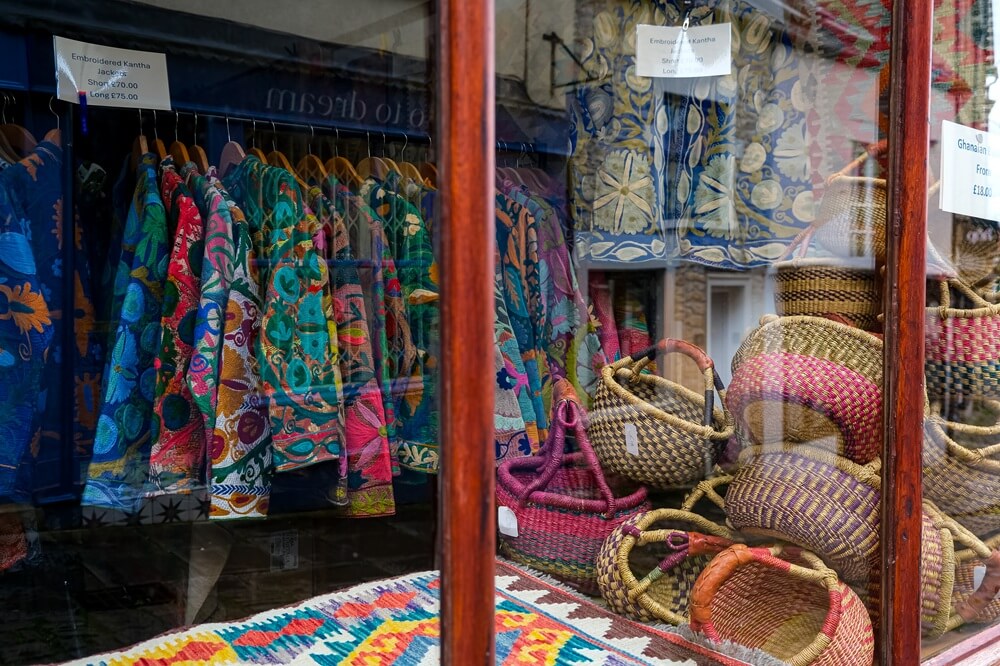
Latest News and Recent Developments (2024–2025)
- February 2025: The Uttarakhand Handloom & Handicrafts Development Council (UHHDC) launched an e-marketplace to help artisans sell online globally.
- December 2024: The state government approved Rs. 10 crore for setting up craft training centers in Almora and Chamoli.
- April 2025: UNESCO recognized Aipan art as a cultural heritage practice under its “Intangible Cultural Assets” list.
- The Ministry of Tourism introduced a new initiative: “Craft Trails of Uttarakhand” to promote rural tourism and sustainable economic growth.
These developments have boosted both domestic and international interest, providing artisans with greater exposure and income opportunities.
Practical Travel Tips and Recommendations
- Best Time to Visit: October to March for pleasant weather and winter festivals.
- Transport: Nearest airports: Pantnagar (Kumaon), Jolly Grant (Garhwal). Buses and taxis connect to craft hubs.
- Stay Options: Eco-stays and heritage homestays in Almora, Ranikhet, and Joshimath offer authentic experiences.
- Packing Tips: Carry warm clothes, reusable bottles, sketchbooks for art workshops.
- Apps to Download: Maps.me for offline trails, LocalHaat app (by UHHDC) for craft shopping.
- Budget: INR 3,000–5,000/day covers stay, travel, and basic shopping.
♻️ Preserving Uttarakhand’s Artistic Legacy
Despite its richness, the traditional art of Uttarakhand faces challenges. Mass-produced goods, declining artisan numbers, and reduced awareness among younger generations threaten this heritage.
Thankfully, government bodies and NGOs are stepping up with initiatives focused on reviving sustainable crafts Uttarakhand offers—through training programs, e-commerce platforms, and tourism-based revival projects.
As a consumer or traveler, your role is vital. Buy directly from artisans, support cooperatives, or promote craft-based experiences through social media and reviews.
These small actions not only preserve art but also uplift communities deeply connected to the Uttarakhand traditional crafts ecosystem.
Personal Experience
During my visit to Almora last winter, I attended a local Aipan workshop led by village women. Sitting cross-legged on cold stone floors, learning to create rice paste motifs, I felt a rare connection to the land and its legacy. Each stroke was meditative. The elder guiding us whispered stories behind each design—one for prosperity, another for divine blessings. It wasn’t just a craft; it was a spiritual journey, one that left me humbled and inspired.
Frequently Asked Questions (FAQs)
Q1: Where can I learn Aipan art in Uttarakhand?
A: Almora and Bageshwar offer community-run workshops and training centers.
Q2: Are the crafts available for online purchase?
A: Yes, platforms like Uttarakhand Haat and government e-portals offer authentic handicrafts.
Q3: What is the best time to explore Uttarakhand crafts?
A: Post-monsoon (October to March) is ideal due to clear weather and active festivals.
Q4: Are there guided craft tours?
A: Yes, many eco-tour operators offer Craft Trails with artisan meetups and village stays.
Q5: Are these crafts environmentally sustainable?
A: Most crafts use eco-friendly materials like bamboo, rice paste, and wool. Support certified green artisans.
✨ Conclusion
From the intricate patterns of Aipan art Uttarakhand to timeless woodcarving, the traditional art of Uttarakhand is a cultural treasure worth exploring, preserving, and celebrating.
Next time you visit the hills—or browse online—immerse yourself in this artistic legacy.
Discover Uttarakhand handicrafts today—plan your cultural journey!

